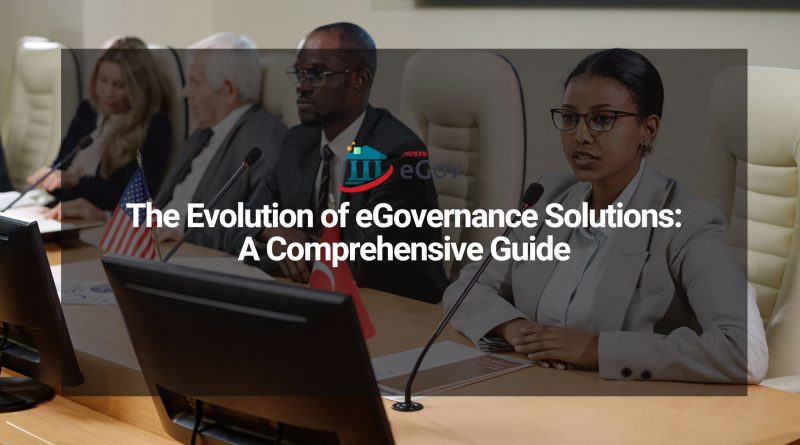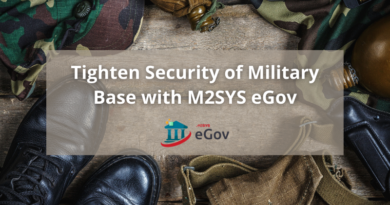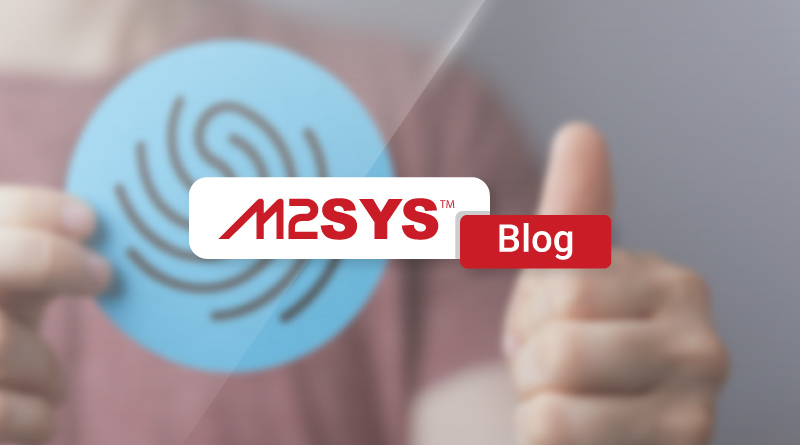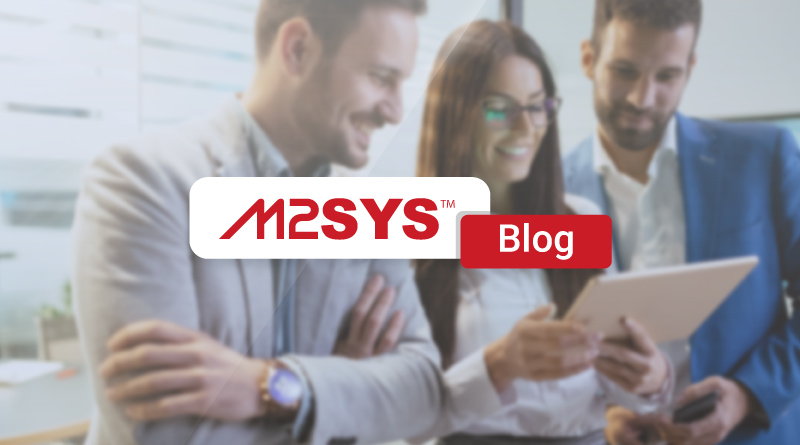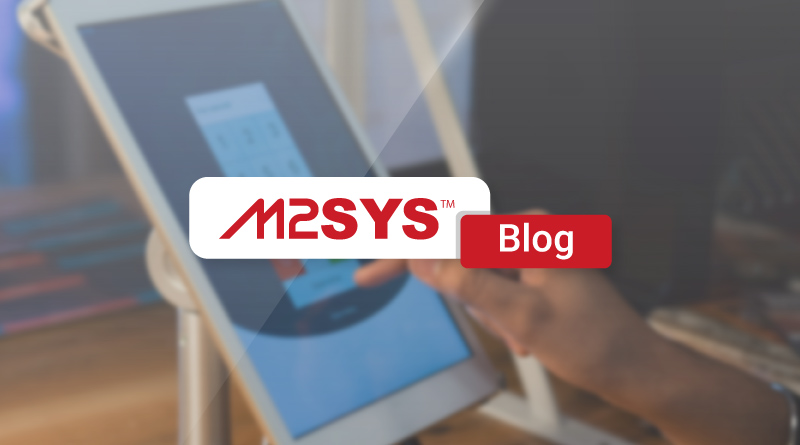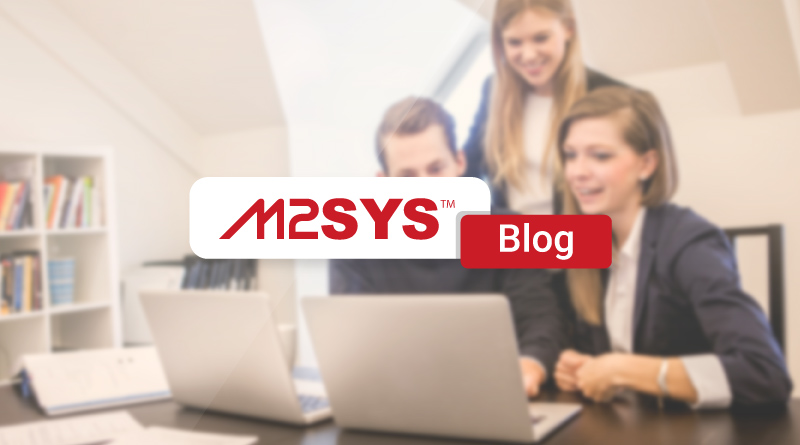The Evolution of eGovernance Solutions: A Comprehensive Guide
A game-changer in the field of contemporary governance, eGovernance solutions have altered the nature of government engagement with the public and the provision of public services. With the rapid advancement of technology, there is a growing demand for government digitization initiatives that are efficient, cost-effective, and streamlined. This all-inclusive article explores the history of eGovernance solutions, drawing attention to the revolutionary influence of eGov platforms like M2SYS on the speeding up of digital transformation in government.
History of eGovernance
As the internet and other digital technologies became more commonplace in the latter part of the twentieth century, the idea of “eGovernance” began to take shape. The plan all along was to use these new tools to make government more accessible, open, and participatory. The creation of official government websites and the provision of online services and information were the primary goals of the initial efforts. With the development of new technologies, the concept of eGovernance solutions expanded to include not just e-governance but also e-participation and e-democracy. To simplify operations, cut costs, and increase accessibility, governments around the globe started using e-governance techniques. Emerging platforms such as M2SYS eGov provide AI-powered solutions to shorten deployment cycles and speed up government digitization projects. Efficient service delivery, data-driven decision-making, and a more open and inclusive interaction between governments and citizens are all made possible through eGovernance, which is now an essential part of modern governance.
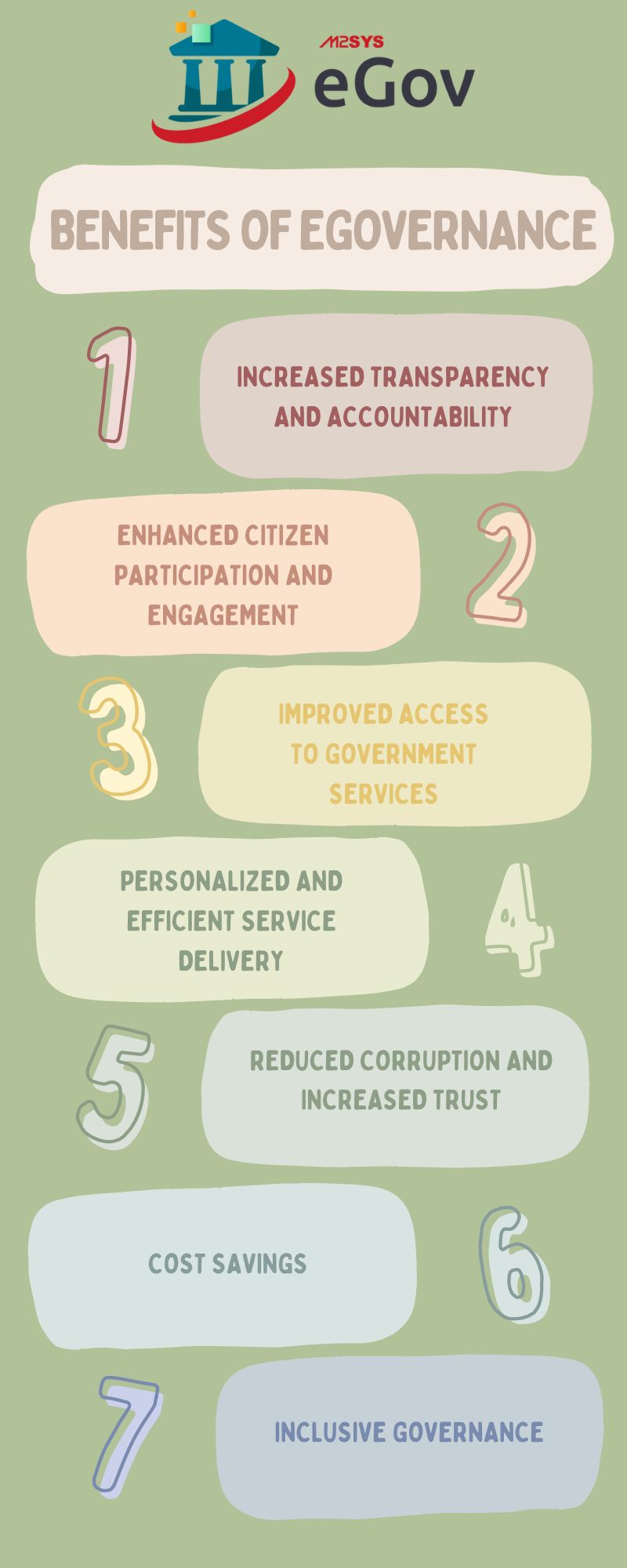
Benefits of eGovernance for Citizens
By providing a plethora of advantages that encourage engagement and improve accessibility, eGovernance projects have transformed the manner in which individuals engage with governmental services. One benefit of eGovernance is the increase in public confidence in government agencies brought about by the increased openness and accountability it provides. Second, it makes it easier for people to have their voices heard and make tangible contributions to public policy via e-participation platforms, which in turn increases citizen engagement and involvement. In addition, by facilitating online platforms, eGovernance enhances access to government services, which in turn saves time and effort by doing away with the necessity for physical visits. Another perk is that services may be tailored to the specific needs of each resident, making them more efficient and personalized. The promotion of openness and accountability through eGovernance also has the potential to lessen corruption and boost trust. Simplified procedures and enhanced operational efficiency lead to a decrease in costs. Last but not least, eGovernance encourages inclusive government through helping underserved communities and groups participate, which in turn promotes social fairness and service equality.
Embracing Digital Transformation with M2SYS eGov
For cutting-edge eGovernance solutions, look no further than M2SYS eGov. Their AI-powered platforms will change the way government projects are deployed and how much they cost. System integrators may design unique solutions for every government digitization project internationally with M2SYS eGov, which leverages cutting-edge technologies like AI, biometrics, and automation. To improve workflow efficiency and user engagements, the platform incorporates automation and AI and effortlessly interfaces with third-party systems.
Shortening Government Project Deployment Cycles
The capacity to cut government project deployment timelines by as much as 95% is a major benefit of M2SYS eGov. System integrators used to have to spend a lot of time, take a lot of risks, and spend a lot of money to develop solutions by hand for every government contract. Nevertheless, these obstacles are rendered obsolete with M2SYS eGov, enabling the speedy implementation of customized eGovernance solutions that cater to the distinct requirements of government initiatives.
Enhancing Efficiency and Cost-Effectiveness
The complexity of conventional development methods causes government digitization efforts to encounter setbacks such as inadequate results, incomplete solutions, or lengthy delays. To solve these problems, M2SYS eGov provides eGovernance solutions driven by AI that boost productivity, cut expenses, and guarantee on-time project completion. Government initiatives are made easier with M2SYS eGov by automating identification criteria, workflow procedures, and user interactions. This results in better outcomes and better services for citizens.
Driving Transparent and Inclusive Governance
Governments in the digital era must prioritize accessibility, inclusivity, and openness. By supporting democratic openness, inclusivity, and growth, M2SYS eGov encourages long-term digital transformation of government. Through its platform, M2SYS eGov promotes open, accessible, and effective government by facilitating knowledge sharing among Western Balkans region’s top officials, public personnel, and civil society actors.
Conclusion: A Path to Modern Governance
The future of governance is being shaped by eGovernance solutions as governments throughout the world deal with the challenges of digital transformation. Faster government digital transformation, shorter project deployment cycles, and more efficient and inclusive governance processes are all possible thanks to platforms like M2SYS eGov. Governments may take a giant leap forward towards a model of government that is more connected, responsive, and citizen-centric by adopting eGovernance solutions.
In conclusion, there has been a sea change in digital government transformation initiatives brought about by the development of eGovernance technologies, such as M2SYS eGov. To speed up their digital transformation journey, improve service delivery, and foster sustainable development in the digital age, governments should embrace innovative technology and streamline processes.

